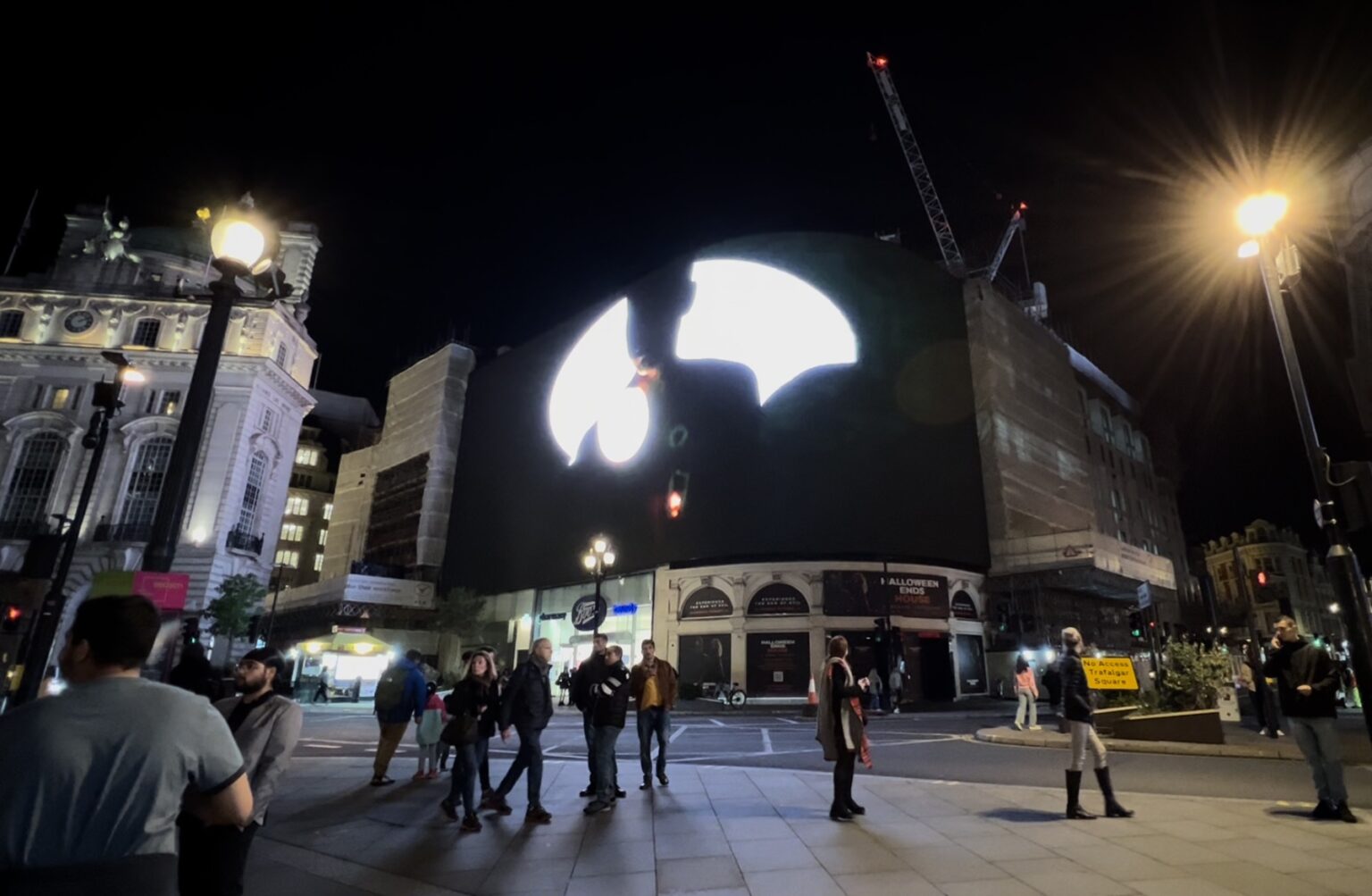
In Conversation with Artist Riven Ratanavanh: On Representation, Fetishization, and Authorship
Riven Ratanavanh is an artist who explores gender, race, and identity through the lens of performance, film, and multimedia. Identifying as transmasculine and heralding from Bangkok, Thailand, through his art he challenges and expands perceptions of trans and East/Southeast Asian identities.
Q: How did your upbringing in Bangkok influence your artistic voice and desire for self-representation?
A: Raised in Bangkok, a city that has an international reputation for being full of trans people, I actually rarely encountered queer or trans perspectives. Part of this was the social bubble I grew up in, and part of it was a glaring absence of visibility or advocacy for transmasculinity — a glaring absence of advocacy for queer and trans rights overall, really. It’s funny… enraging really, to see how trans women in Thailand are used as a major part of the country’s soft power and to advertise a particular image to draw in tourists for the economy — yet see so few legal rights, advocacy, support for trans people within the country.
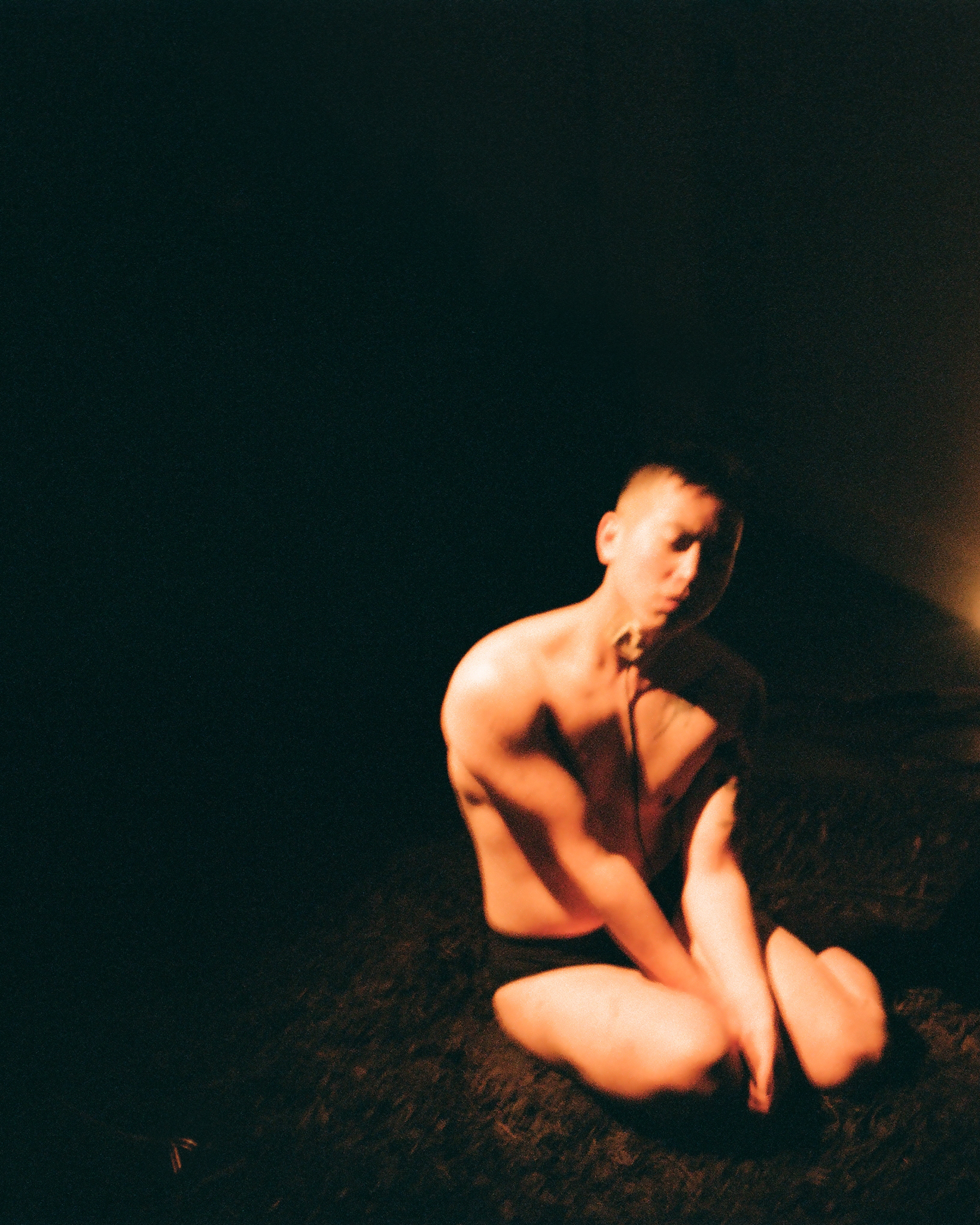
Specifically the lack of representation for trans men / masculinities meant a real gap in my ability to come into myself. It’s really funny to look back and see that I knew trans women existed but trans men did not, to the extent where I thought I was an impossibility. So in my work, I’ve been very focused on the importance of representation — and also wary of the very real discrepancies between representation and rights; between visibility and actual legal or material support.
Q: What was the significance of moving to New York City in terms of your artistic development and understanding of transmasculinity?
A: At 18, relocating to New York City was a formative experience. The city’s vibrant and diverse queer community offered the representation and support I needed to embrace my identities as transmasculine, genderfluid, and queerness otherwise. New York’s experimental art scene also encouraged me to blend and work across artistic disciplines in ways that I would never have in Thailand.
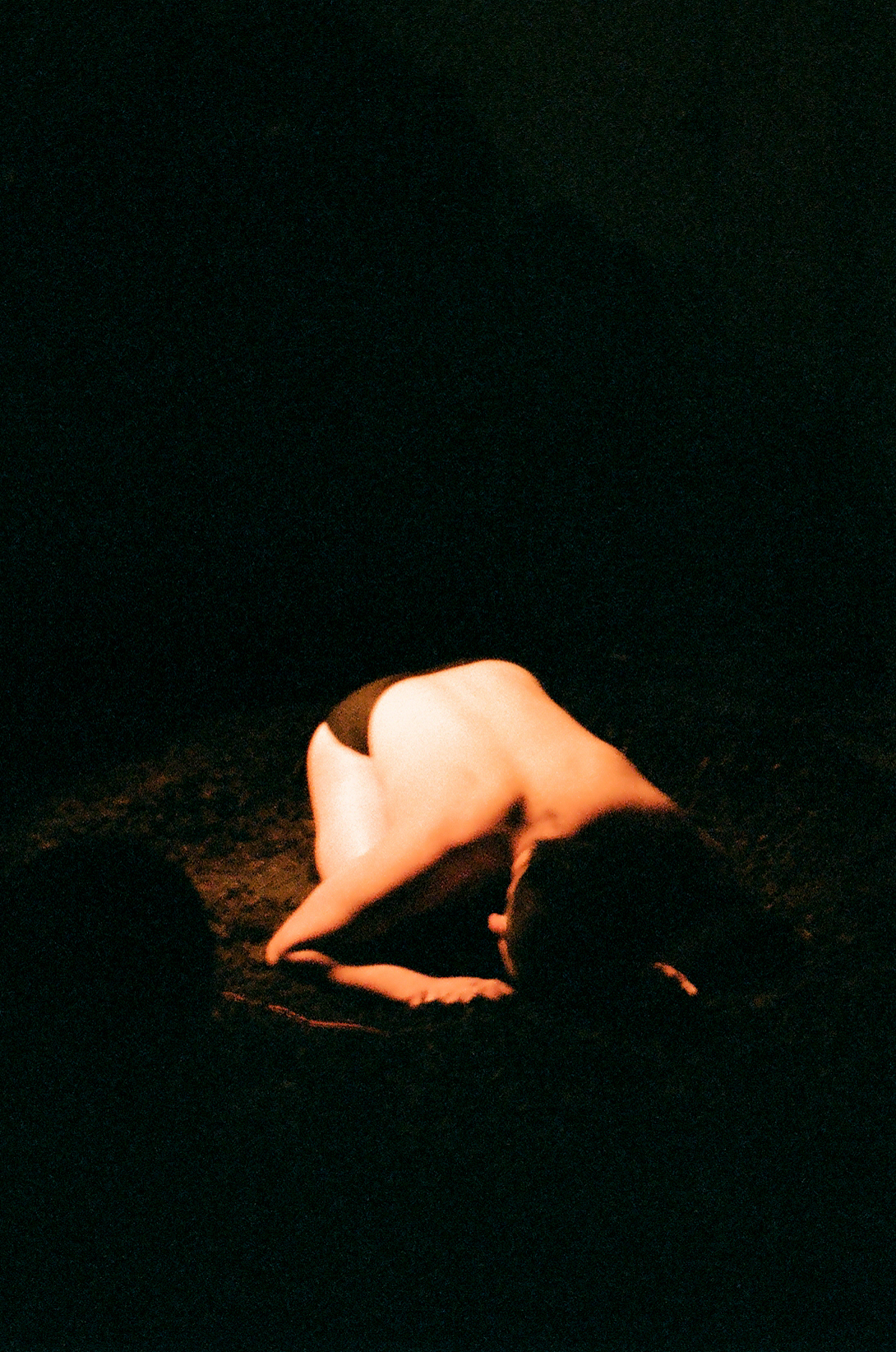
Q: Why do you use various art forms, including video, movement, and writing, in your artistic practice?
A: My artistic practice centers around the body, a subject of political significance in both Thailand, my home country, and the US. Through diverse art forms such as video, performance, and poetry, I’m able to explore the multifaceted aspects of my identities, being trans, queer, and East-Southeast Asian. In film, I can play with and manipulate perception. Performance offers a way to really transmit, or create spaces for heightening the lived and embodied aspects of identity. I can dig into the essence of a feeling, connect with audiences on a visceral level. Poetry fills in the spaces between what these other mediums can do. Sometimes it names, points things out; sometimes it complicates or troubles.

Each medium provides a distinct avenue for me to send a message. This approach allows me to create a more comprehensive and nuanced narrative that has the potential to connect with a wider audience.
Q: You mentioned the “double-edged sword” of visibility for Southeast Asian artists. Can you elaborate on this concept and how you navigate it in your work?
A: Being seen is vital for underrepresented groups, but it’s not without its complexities. Apart from the rifts between visibility and rights which I previously brought up — particularly for Southeast Asian people, we face fetishization and stereotyping, many of these stereotypes are consequences of being portrayed through the lens of whiteness, whether in film or popular media or otherwise. In my art, I challenge the assumption that visibility alone is by default beneficial. I emphasize who is the author of that visibility, and strive to create expanded narratives and imaginations.
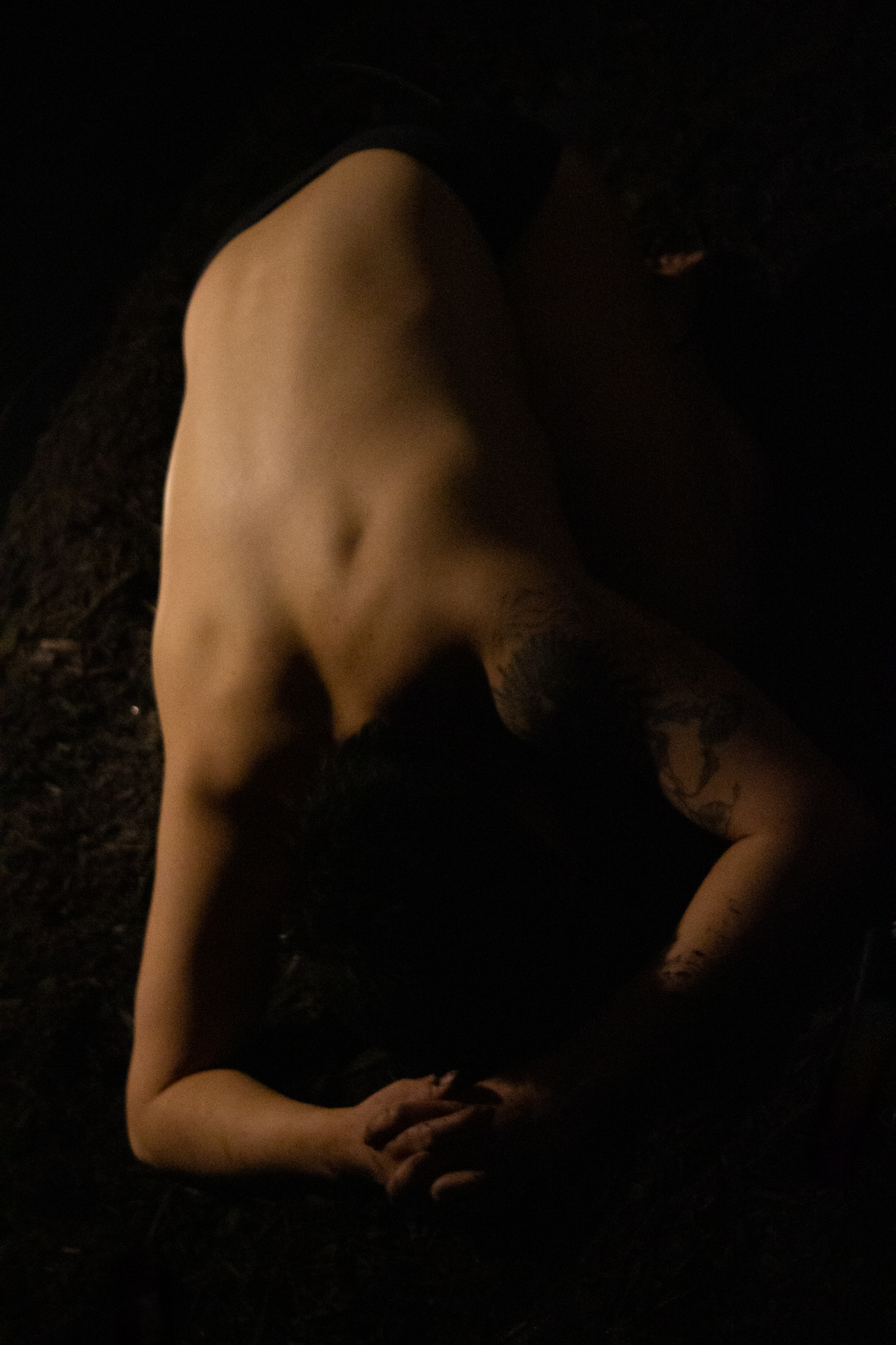
Q: How has movement been a form of healing and empowerment in your personal journey?
A: For me, coming into my movement practice has been life-changing. When I first couldn’t access gender-affirming care, this was my channel through which to find autonomy and empowerment within my body. Through a range of movement practices including strength work, somatic work, and dance, I could not only feel connected to my body and capable, but could also see that it could change and evolve – get in touch with its constant transformation..
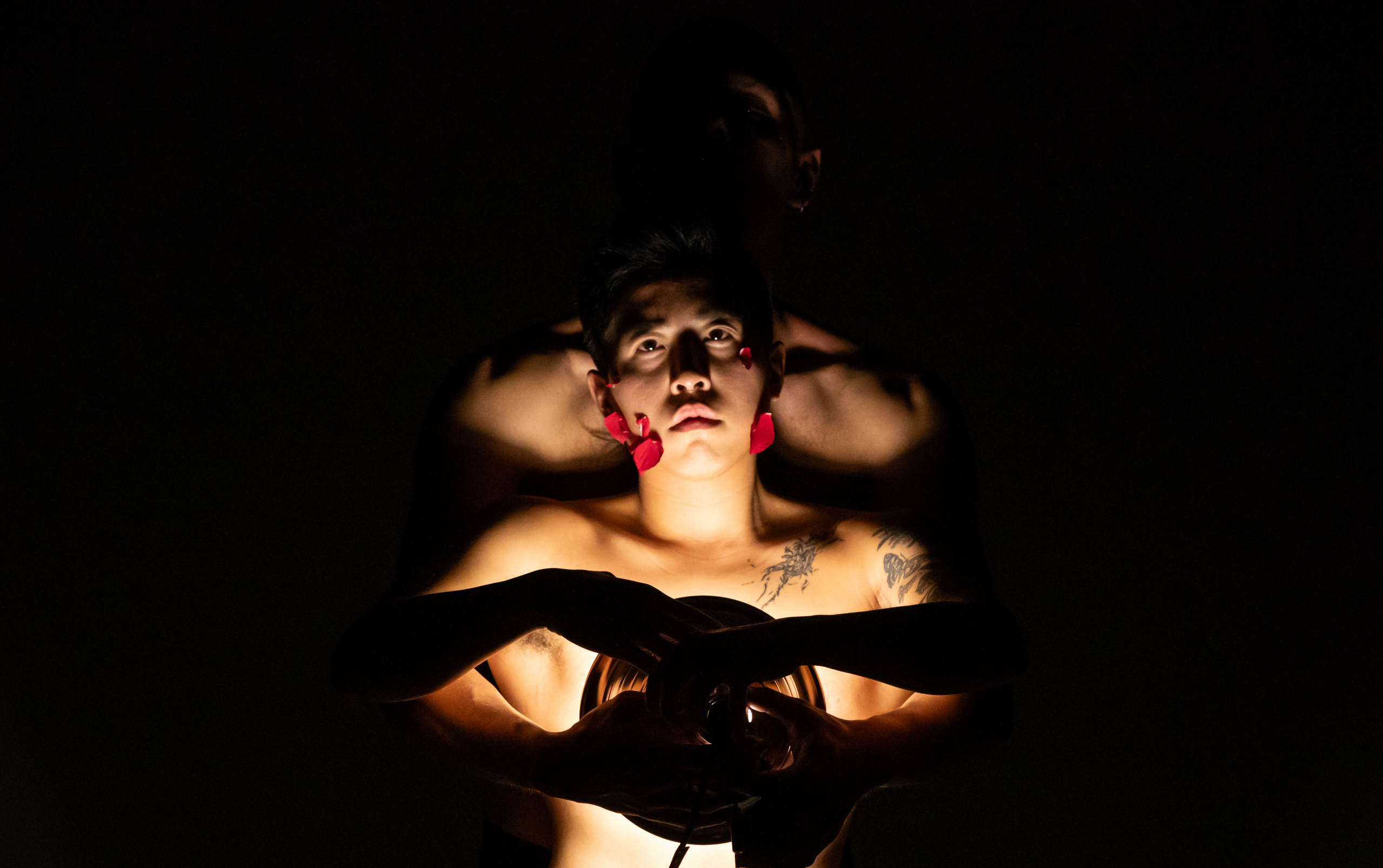
It also strengthened my mind. Through this, I’ve gained courage and built a strong foundation within myself. It’s been beautiful to see my body change as well as to carve out a comfortable inner space, to work on and refine both inside and out.
Q: Your short film Inner Dawn explores themes of transmasculine representation. Can you discuss the creative process behind the film and its significance for you?
A: Inner Dawn was a deeply personal project. The film was born from my thinking about how to emphasize the importance of being visible in one’s own light, with one’s own self as author. In the film, I appear out of darkness through a spotlight that slowly grows. This spotlight is controlled directly by a monitor attached to my heart. I’m literally becoming visible through my own internal workings. What results is a feedback loop, a sort of closed-chain system between my internal biomechanical rhythms and how I’m seeing myself appear.
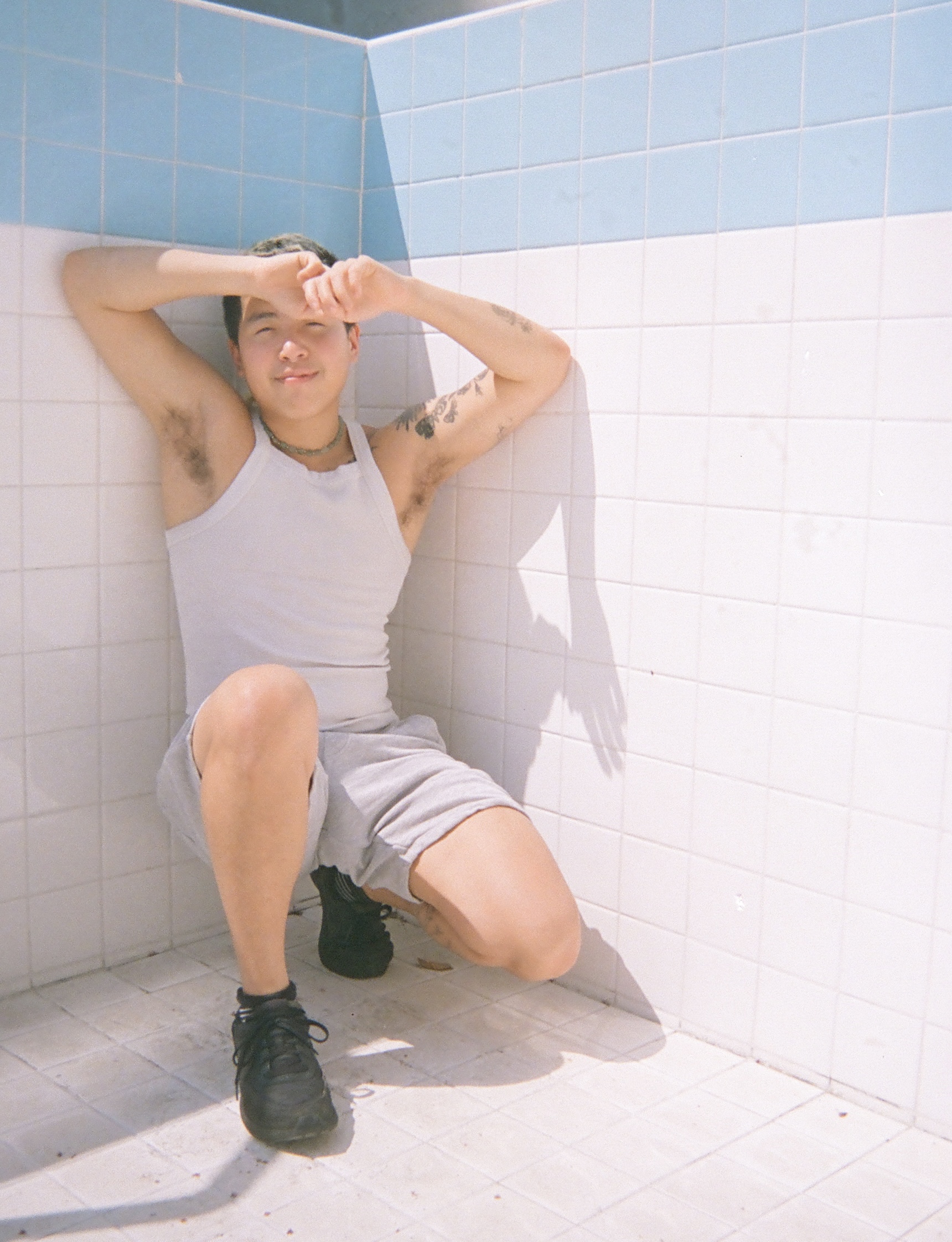
The recognition the film received, including screenings at prestigious festivals and even at the Piccadilly Lights in London, affirmed the significance of this story, and the pressing need for filling this glaring gap of what is often overlooked in portrayals on screen.
Q: Looking ahead, what are your aspirations for your art and its impact on the trans-Southeast Asian diaspora? What’s next for you in your practice?
A: I intend to continue expanding my art across different mediums, and continuing to dive into the more granular of the themes I’ve already begun to explore to get even more airtight. This year, I’ve already begun to combine poetry and performance at my recent performance at the historic Movement Research at the Judson Church — and this was quite a full circle moment; Judson was one of the first performance venues I studied during my undergraduate degree. In this recent work, which was a Southeast Asian transmasculine riff on Carolee Schneeman’s Interior Scroll, I began to get into more of the nitty-gritty of racialized trans fetishization. I intend to dive further into this in a longer performance, and expansions into other mediums in the years to come. I really feel the momentum building, and I’m planning a lot more to come.



